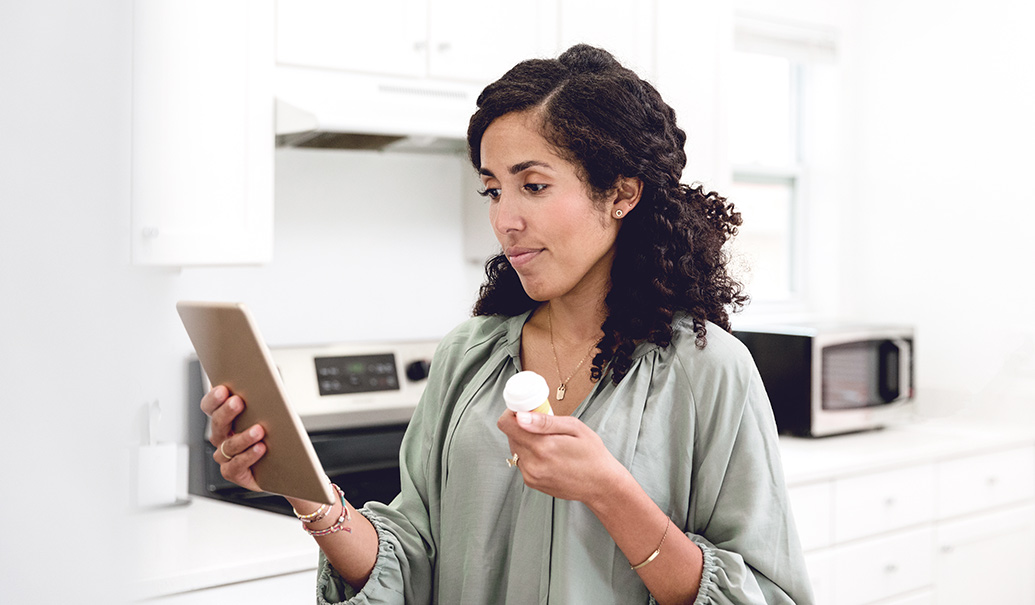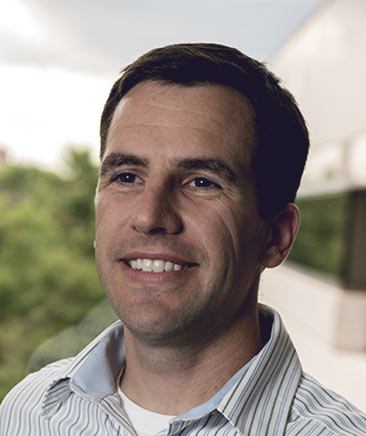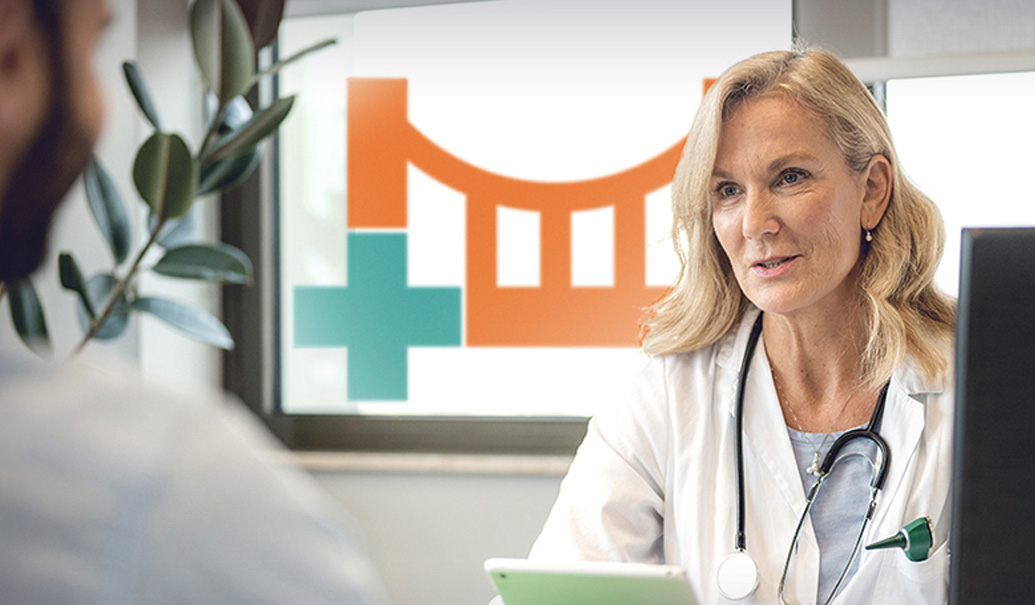The Tufts Center for the Study of Drug Development reports the time it takes for a clinical trial protocol to earn approval has increased 20% in recent years. With this in mind, I recently spoke with three experts about how we can break down silos in the clinical development process and create a better future.
Thanks to Dr. Rob Scott, former chief medical officer at AbbVie, Lauren Wall, director of clinical research operations at the University of Chicago and April Lewis, head of patient centered innovation at ZS, for sharing their perspectives on how the industry can work together to take a new approach.
Mike Martin: From a sponsor perspective, where are opportunities to break down silos?
Dr. Rob Scott: Those of us who have spent time at large sponsors know how challenging it is for various stakeholders to align during the protocol development and design process. What we need is stakeholder investment and alignment so that we can determine the best practices for adequate enrollment and patient retention from both the site and patient perspectives. Instead, we often must follow a siloed process that separates these stakeholders. We can’t solve 21st century problems with 20th century approaches.
MM: Well said, Rob. Lauren, what are challenges you face from the site perspective that affect clinical development?
Lauren Wall: Two immediately come to mind. The first is it can be difficult to oversee multiple sponsors who have their own priorities, standard operating procedures and technologies. To ensure their needs can be met, sites need strong internal leadership to determine if a trial is good science and a fit for the organization and portfolio.
A second challenge is addressing healthcare access issues. If we want to increase trial enrollment within diverse communities, sites need support and resources for patients who are out of network, experience insurance denials, or simply lack healthcare access. Payers are a major stakeholder and they need to be at the table.
MM: Thank you, Lauren. April, do you have any insights to share from the patient perspective?
April Lewis: I think sites and sponsors could spend more time thinking about what patients want and need. It’s interesting to note that despite all the buzz around decentralized clinical trials (DCTs), there is trepidation from patients. Sponsors are making DCT decisions without fully considering what sites can offer and what patients want. My research shows patients value face time with their physician, and while technology can help make this more efficient, it’s not a replacement.
MM: That is interesting, April. On that note, Rob and Lauren, what are some opportunities you see to break down silos and improve the process for patients?
RS: Patients suffer from the gap in communication between sponsors and sites during trial development and execution. Sites have an invaluable perspective because they engage directly with patients, and I believe sponsors could do a better job of seeking their input when developing trials.
LW: I agree with Rob, and I think sites need to make changes too. Many sites have their own silos that operate autonomously. I hope sites explore ways to foster better collaboration among their teams.
MM: I’m hearing a few key themes. Sponsors need to enable the art of trial design, keeping in mind what patients and sites want and need; sites should enable visibility so their insights can be used to improve the clinical development process; and patients should continue to use their voices when and where they can.
Based on conversations I’m having with industry leaders, there is a desire to use technology, data and analytics, such as the ZAIDYN by ZS platform, to break down the silos we’ve discussed today. How do you think this can become a reality?
LW: Stakeholders must work together to find technology solutions that will generate meaningful and accurate analytics. I can’t overstate how important data will be to improve the clinical development process.
AL: I agree, but we must use data and technology thoughtfully. Simply handing technology to sites, for example, is not enough. To truly break down silos, sponsors and sites must commit to collaboration.
MM: A final question: if you could summarize your thoughts in a single word on how we can break down these silos, what word would you choose?
AL: Transparency.
LW: Communication.
RS: Collaboration.
MM: Thank you again for joining me today. It won’t happen overnight, but I do believe we can break down these silos if we work together.
Add insights to your inbox
We’ll send you content you’ll want to read – and put to use.














